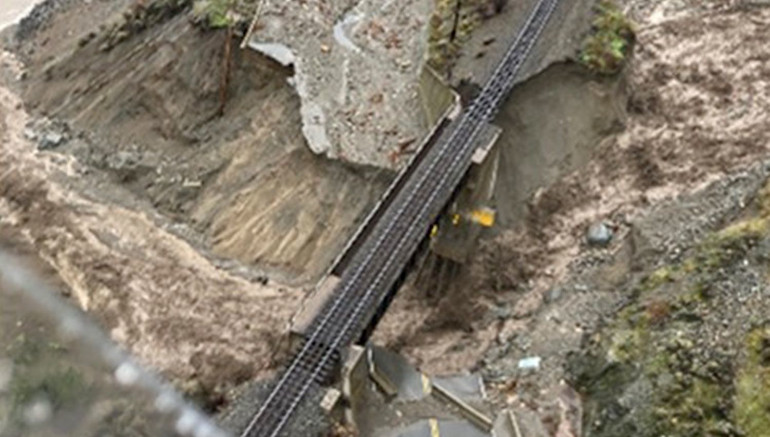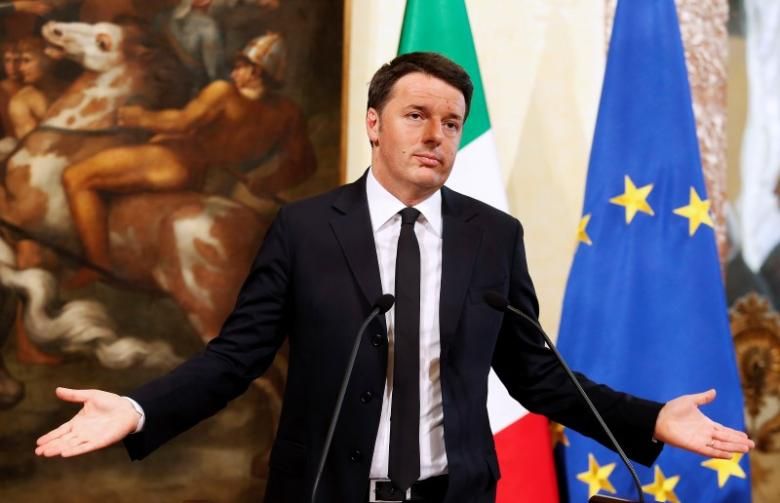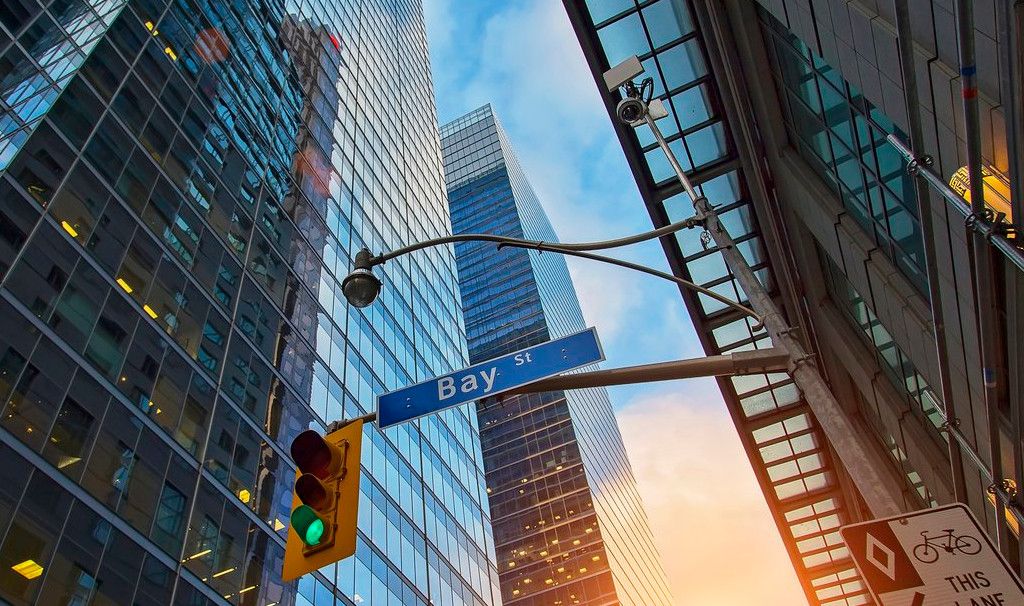Southern British Columbia has been hit by two catastrophic weather events in a few months. First was heat and fire, now rain and floods. On November 13 and 14, the skies opened as an “atmospheric river” flowed across much of southern BC, resulting in overflowing rivers, landslides, mud slides, and ruptured railways and highways.
This was after a devastating summer, starting with June’s heat dome resulting in 570 deaths in BC and the Town of Lytton burned to the ground. Many in BC and beyond, experienced a summer of fires and smoked-filled skies with over a thousand forest fires raging throughout BC’s interior. Then, starting in September, came two solid months of rain.
Roads Gone
All highways, in Canada, out of Lower Mainland (Greater Vancouver and surrounding coastal area) are cut by floods, mud slides or bridges or entire sections of the road washed away. Hundreds of people were trapped on highway 7 for hours, by mudslides in front of and behind them, with the looming threat of more slides from the mountain next to them, while they waited throughout the night and for many hours the next day for rescue by a Canadian Forces helicopter.
Drivers heading north towards Lillooet on highway 99 encountered a slide in the road right in front of them, witnessing cars and their occupants being swept off the road by the mud and debris of the mountain, half-burying cars. The witnesses rushed to rescue people but at least one of the cars was nowhere to be found. So far, there is one confirmed death.
The Trans Canada highway (highway 1) has been wiped out in several sections. Highway 3, which winds along the southern border (to the US), was closed in both directions due to a mudslide.
The Coquihalla Highway (highway 5), one of BC’s main highways connecting the Lower Mainland and the Interior, suffered catastrophic damage. The southbound lanes in one section of the highway have been washed into the river. The highway could be closed for months. Rescue personnel are still looking for missing vehicles and people stranded.
Towns Flooded
The entire City of Merritt, in BC’s dry, desert-like interior that had a summer fire evacuation alert, was forced to evacuate on November 15. The high flood waters rendered the City’s Wastewater Treatment Plant inoperable for “an indefinite period.” Two of the City’s three bridges across the Coldwater River were damaged beyond use by the flood waters and flood waters prevented access to the third.
Most of the town of Princeton was underwater as the Similkameen River burst through the dyke and 295 homes were evacuated with another 300 on alert. Now the town is without gas (because of flood damage) and as temperatures plunged to -6 C, more people had to leave to find a warm place to sleep.
More than 1,100 homes in Abbotsford were evacuated. Flooding in Abbotsford, Chilliwack and other parts of the Fraser Valley saw residents fortunate enough to have canoes and other boats, navigating the streets.
Over 20,000 people are displaced. People watched as their homes were swept away in the torrents.
The summer fires, as well as logging, made slopes more unstable as there were no longer tree roots to hold the soil. The lack of trees, that normally slows runoff, intensified the flooding.
Freight Crisis
Truckers going to and from the Lower Mainland to other parts of BC and Canada cannot bring needed supplies. As well as all the roads out of BC’s lower mainland closed, both the CN and CPR railways have damage. These are the main routes for freight in and out of the port of Vancouver. The chaos at the port, due to global supply change disruption, is now much worse. Imports cannot get to the rest of Canada from Vancouver and the exports, especially of this year’s crops from the prairies, are stuck.
Already there are fears of shortages in stores, gas is in short supply in some areas. Some communities on Vancouver Island had just three days of food supplies and two days have gone by since the flooding. Some of the roads will probably take weeks if not months to repair. How long it will take to fix the railway lines is also unknown.
Taking stock
On November 16, the sun shone on a devastated landscape, but more rain is coming. BC authorities are taking stock of the scale of devastation to cities, towns, roads, bridges, railways and other infrastructure. People have lost their homes to flood damage. In the summer, it was estimated that one billion seashore animals along the Salish Sea may have died due to the heat wave. Now thousands of farm animals have died due to the severe flooding in the Fraser Valley and many who did survive or were rescued need food and water.
Like the all-time record smashing heat wave in June, meteorologists are describing this storm as “unprecedented.” “We have seen now our fifth atmospheric river of the season. Oftentimes, we won’t get a first one until November,” Armel Castellan, Environment Canada warning preparedness meteorologist said. She maintained that the latest atmospheric river has generated “mind-boggling data” and predicted Environment Canada will be analyzing these numbers for days and weeks to come because they are that extraordinary. As in June, many records were smashed. This time for record rainfall, rather than record heat. The District of Hope and City of Chilliwack broke all-time records for rainfall.
There is no escaping the reality of climate change. In the space of less than five months, BC has seen “unprecedented,” record-breaking weather events. These have and will impact everyday life for millions and the livelihoods of thousands of workers.
COP26 politicians removed from reality
Political leaders wrapped up the 26th UN meeting on climate change on Sunday, November 14, as the rain poured over southern BC. Many observers were skeptical from the outset about the prospects for meaningful targets being agreed. Not expecting much, they were disappointed but shrugged their shoulders. More “blah, blah, blah” with many of the targets being pushed down the road to some distant day or decade. Many of the hopeful, who half-believed the government rhetoric going into COP26, had their hopes dashed once again, and as one person commented, they are going through “a grieving process.”
Politicians who gathered at COP26 seem removed from this reality. A representative from the Marshall Islands was interviewed about her bitter disappointment at the watered-down targets. Climate change is threatening the very existence of the Marshall Islands.
Auimatagi Joe Moeono-Kolio, a Pacific senior political adviser to the Fossil Fuels Non-Proliferation Treaty Initiative noted that “The first draft of an otherwise very unambitious text had one notable bright spot in it – the phase-out of coal. This was further watered down. For a planet in crisis, this represents a monumental failure in recognising the clear and imminent danger entire countries are now in, including my own.
“For all the hoopla and greenwashing since yesterday, the fundamental fact remains: we are still headed for a two-degree-plus world,” he said.
Climate Action Tracker states that with the commitments from COP26 the world will be 2.7°C warmer by 2100. BC has born witness to the consequences of 1.1 degree of warming (estimated warming to date). What will happen at 1.5 degrees or god-forbid 2.7 degrees of warming? The results of climate change are all around us.
What will it take for politicians to wake up?
As Marxists, we understand that history, just like a river, does not flow in a straight line. Politicians are beholden to the political class they represent: the wealthy investors, business elite, oil and resource-based oligarchs. Some, like Canada’s prime minister, say one thing and act completely incongruent with their words; the federal Liberals continue to build the Trans Mountain pipeline and subsidize fossil fuels. Seth Klein describes them as the “new climate deniers.” They see what is going on but their refusal to act is due to their allegiance to their own political class.
It may not be clear what will be the trigger, but the built-up anger over this inaction will be unleashed. Socialists’ role is to prepare by raising awareness, educating ourselves and others around us, and building movements of resistance. This is what it will take. Despite heroic mobilization at COP26, the voices of resisters were ignored, drowned out by the noise of the “blah, blah, blah” promises that go nowhere fast.
Unlike many on the broadly, progressive left, we have an answer to the question of what is to be done. The only answer that will save humanity from the climate disaster and the other calamities of capitalism is a world that is not beholden to the desires of the rich and the duplicity of the politicians who do their bidding. Humanity needs a system that values people over profit, that collectively and democratically plans in the interests of the many, not the few. We need to confiscate the resources of the wealthy and use these resources for public good. This is the only sane way forward. It is called socialism.




